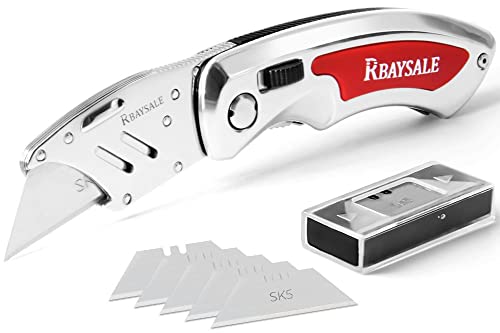As as plastics distribution company we used to stock and cut ICI Perspex (acrylic), though that was long ago I still regularly cut a fair bit of plastics in general. I'm still using some of the scrap and sample materials I gleaned all those years ago.

Just a couple of points....
You can cut acrylic quite easily on a standard table saw 6 to 8mm will be fine, thinner sheet is best with a backing sheet of ply, hardboard or MDF. It's recommended you use at least a 60 to 80 tpi blade and you'll get far superior results with a negative rake type. The same applies to a hand held circular saw but you have to be extremely careful as any deviation and it will jam, a track saw is far superior. As said if no paper / plastic protection sheet then you need a backing or it will scratch (not with a track saw though).
We did all our main cuts on a large wall saw with smaller cuts on a standard table saw and intricate cuts with a bandsaw and occasionally a router. Sharp tooling and don't go too slow or you'll melt the plastic. PPE is essential as chips are sharp and hot!
Yes you can plane edges though a flat file is just as easy however don't put your fingers under the plane or file as acrylic edges can be as sharp as glass. The edges can be polished with micromesh and buffed or flame polished with a little practice.
Stig mentioned cracking around drilled holes, these are stress cracks and there are ways to relieve and mitigate those. There used to be some good handouts from ICI to the trade for working practice which may still be around and worth checking as well as other manufacturers as well as distributors such as Amari Plastics.
LASTLY. You're a lucky so and so to get your hands on a stash like that.

EDIT
I assumed the sheets are cast acrylic, extruded handles a bit differently. If you aren't sure just inspect the surface carefully and you will clearly see extrusion marks if it's the latter.















